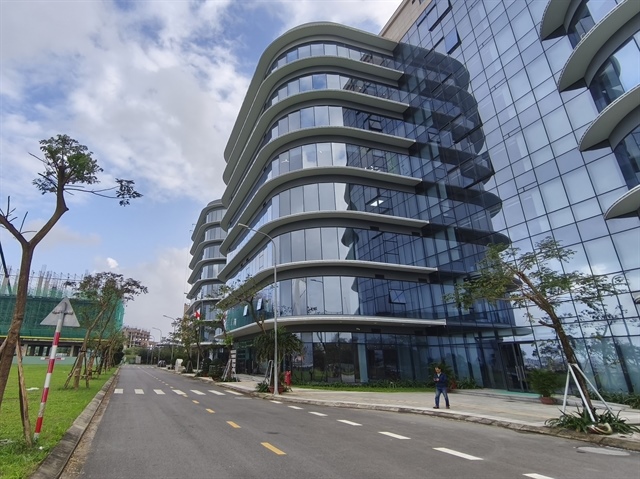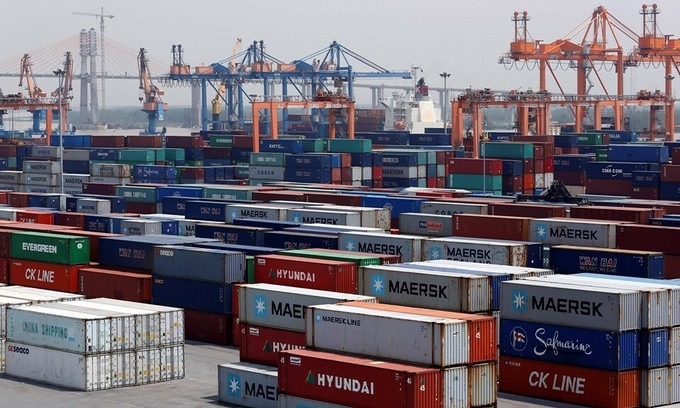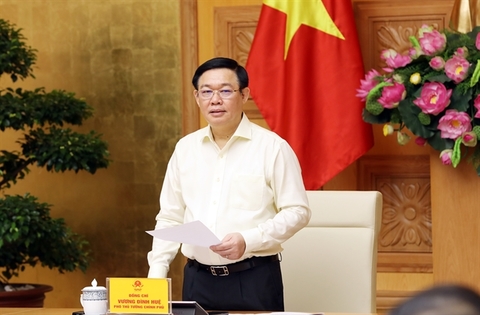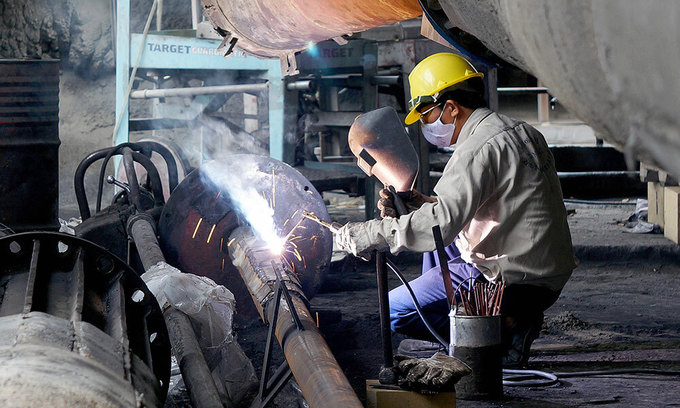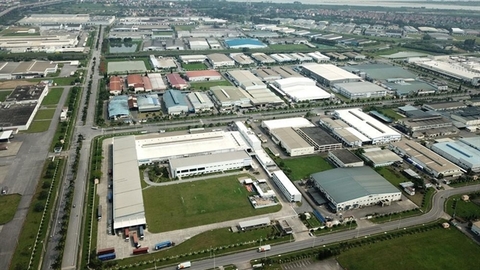A drop may not be too worrisome
A drop may not be too worrisome
Contrary to predictions that Vietnam would emerge as one of the destinations for the outflows of international capital from China, foreign investment capital poured into Vietnam during the past eight months suffered a setback. More importantly, the decline was seen even in countries which are traditionally best investors in Vietnam, such as Japan and South Korea. Is this phenomenon really a source of worries?
Statistics obtained from the Foreign Investment Agency under the Ministry of Planning and Investment show that the total foreign direct investment (FDI) capital in the first eight months of this year reached only US$13.1 billion, a drastic dive of 31% year-on-year. Of this figure, the newly registered capital was US$9.1 billion and the increased capital of operation projects was US$3.9 billion, a drop of 32% and 29%, respectively, compared with the same period last year.
Considering the strongest magnets of FDI into Vietnam recently, the deepest plunges were noted in realty, wholesale and retail, and electrical power generation and distribution. The sectors of processing, manufacturing and construction were the only exceptions when it comes to sustained growth.
This is a surprise situation as many have opined that the Sino-American trade war would considerably redirect FDI inflows from China to Vietnam. But what has happened so far paints a different picture. Many would want to know what the real reasons are and whether it is a permanent or a temporary trend (1 & 2).
Worrisome?
The statistics may indicate concerns over FDI in Vietnam over the past eight months. Versus a growth of 188% from Chinese FDI, that from Korea and Japan fell by 41% and 70% year-on-year, respectively. Similarly, FDI from Singapore and Thailand also dropped by 42% and 44% compared to a year earlier.
Traditionally, Japan, Korea and Singapore are Vietnam’s big sources of FDI as they have led the way in the country’s foreign investment scoreboard. More precisely, Korean enterprises have pledged total registered capital of US$65 billion in Vietnam, followed by Japan (US$58 billion) and Singapore (US$49 billion). Meanwhile, Chinese FDI totaled US$15 billion, ranking seventh among 132 countries and territories in Vietnam .
The above tallies may deepen initial concerns and turn them into worries. FDI from Japan, Korea and Singapore is often poured into manufacturing or processing projects that are on Vietnam’s wish list with which she could improve the competitiveness of her enterprises via technology transfer. By contrast, Chinese FDI remains obscure as regards sectors and objectives. What’s more, even when Chinese manufacturing or processing businesses arrive in Vietnam, the technology to be brought in is still a big question, given the fact that a great deal of Chinese FDI projects have caused serious pollution in Vietnam.
However, all the above figures and induction are obtained merely from the registered capital. Meanwhile, real disbursed FDI capital in the first eight months topped US$12 billion, a 6.3% rise over the same period last year (3).
Short-term change
To come up with better appraisal of the future trend we should delve deeper into the reasons. That Chinese enterprises have boosted their investment in Vietnam in recent months is quite understandable. The Sino-American trade war has lingered on, which may last up to 10 years, according to some sources. Chinese firms should therefore be proactive by moving some of their investment to another country to minimize negative impacts. Vietnam is no exception in this regard as the surge of Chinese FDI has also been recorded in Thailand and Indonesia.
Over the past months, the Korean economy has faltered with her GDP dropping 0.4% in the first quarter of this year and rising merely 1% in the second quarter, the lowest among the 34 developed economies included in the Organization for Economic Cooperation and Development (OECD). The Korean lackluster economic performances have caused her won to shed 6.3% of its value against the U.S. dollar since early this year, which is why Korean investors have stayed aloof from making investment overseas.
Furthermore, Korean enterprises working in processing and manufacturing industries have been adversely affected by Japan’s restrictions on the export of high-tech materials.
During the same period, Japanese overseas investment still sustained positive growth, even reaching a 100% growth rate in Q1-2019 as Japanese carmakers and electronic manufacturers expanded production facilities in America and Europe.
All considered, the fall of FDI in Vietnam may not have set a new trend. Furthermore, that central banks worldwide have cut their interest rates would prompt entrepreneurs to seek more opportunities in emerging markets. Last but not least, Vietnam herself is building a new strategy for FDI attraction which prioritizes high-tech and environment-friendly projects.
If we take into account all the pros and cons, more investment in infrastructure may be among the breakthroughs.




